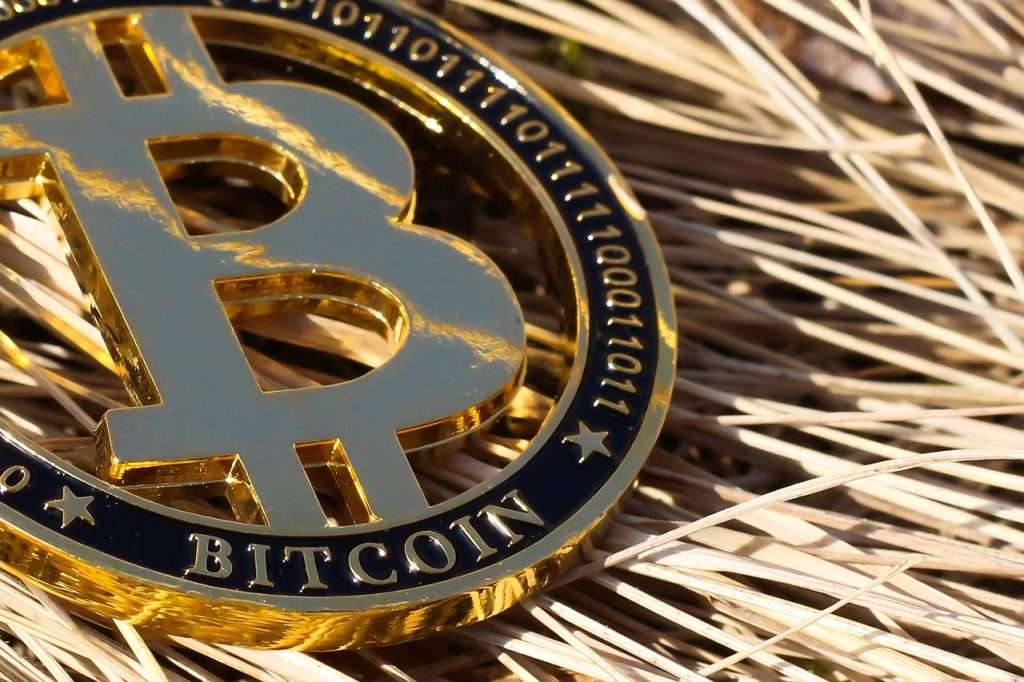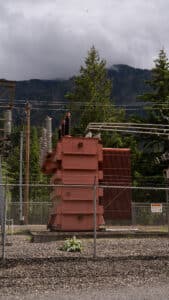If you’ve ever wondered “Where do Bitcoins actually come from?”—you’re not alone.
Unlike dollars that can be printed by a central bank or gold that must be dug out of the ground, Bitcoin seems to just… appear on the internet. But believe it or not, there’s a very real and physical process behind every single bitcoin in circulation.
Let’s break it down—where Bitcoin comes from, how it works, and why it’s the world’s first digital commodity.
Bitcoin Is a Digital Commodity
To understand where Bitcoin comes from, it helps to compare it to something you already know: natural resources.
Think of gold, oil, or corn. Each requires energy and effort to extract or grow:
- Gold must be mined from the earth.
- Oil must be pumped from the ground.
- Crops must be planted, watered, and harvested.
Now imagine a new kind of resource—not one you dig from the soil, but from cyberspace.
Bitcoin is that resource. Like those physical commodities, you don’t get Bitcoin for free. It takes energy, specialized tools, and a little luck.
Meet the Miners: Digital Prospectors
In the Bitcoin world, we call the people who “bring new Bitcoin into the world” miners. But they don’t wear hard hats or swing pickaxes. Instead, they operate special computers that perform cryptography.
Why?
Because Bitcoin is programmed to release new coins slowly over time—kind of like a giant digital ore deposit of bitcoin. The only way to extract the bitcoin from this mine is to pump energy into a computer and have it succeed in a cryptographic hash function.
This is what miners do. They pump electricity (real-world energy) into their machines, hoping to be the first in a race to find the answer to this cryptographic question. The winner unlocks a “block” and gets rewarded in newly issued Bitcoin.
So… Does Bitcoin Come from Thin Air?
Not exactly, and not forever.
There will only ever be 21 million bitcoin. That’s it. No more can ever be created.
You can think of them as already existing in code—just waiting to be discovered and released by miners. It is a giant digital mine, where coins are buried beneath layers of math.
Miners don’t create bitcoin: they unlock it, little by little, through a fixed schedule baked into Bitcoin’s code.
Right now, the reward for mining a block and settling transactions on the network is 3.125 BTC per block. This reward gets cut in half about every four years, in an event called the halving. That makes bitcoin scarce—and increasingly harder to obtain over time.
Energy In, Bitcoin Out
Here’s the magical part.
In most digital systems, anyone can copy, paste, or duplicate data, but Bitcoin is different: it’s constrained by the laws of physics.
The only way to produce new bitcoin is to expend real energy—electricity—through mining. You can’t fake it. You can’t trick it. You have to follow the laws of nature.
That makes bitcoin the first truly digital asset with physical constraints. It’s a new kind of money that lives on the internet, but is rooted in the real world.
As some like to say, Bitcoin is the marriage between the physical and digital worlds.
Final Thoughts: The Digital Gold Rush
So, where do bitcoins come from?
They come from a digital mine, unlocked by energy, enforced by physics, and released on a schedule that no one can alter. It’s the internet’s native commodity—scarce, secure, and open to all.
And while it may not grow in the ground or drip from a well, Bitcoin is mined with the same fundamentals as any resource: energy in, value out.
In a world that often feels unpredictable, Bitcoin is something different—a time-tested system where new money isn’t printed, but earned.
That’s why, more than ever, investors, engineers, and individuals around the world are turning their attention to this modern-day miracle of money.
Bitcoin doesn’t come from anywhere, but it’s earned everywhere.
Want to mine bitcoin yourself? Book a call now to get started.
Disclaimer: The information provided in this blog is for informational and educational purposes only and should not be construed as financial advice. Please consult with a financial advisor or conduct your own research before making any financial decisions.



